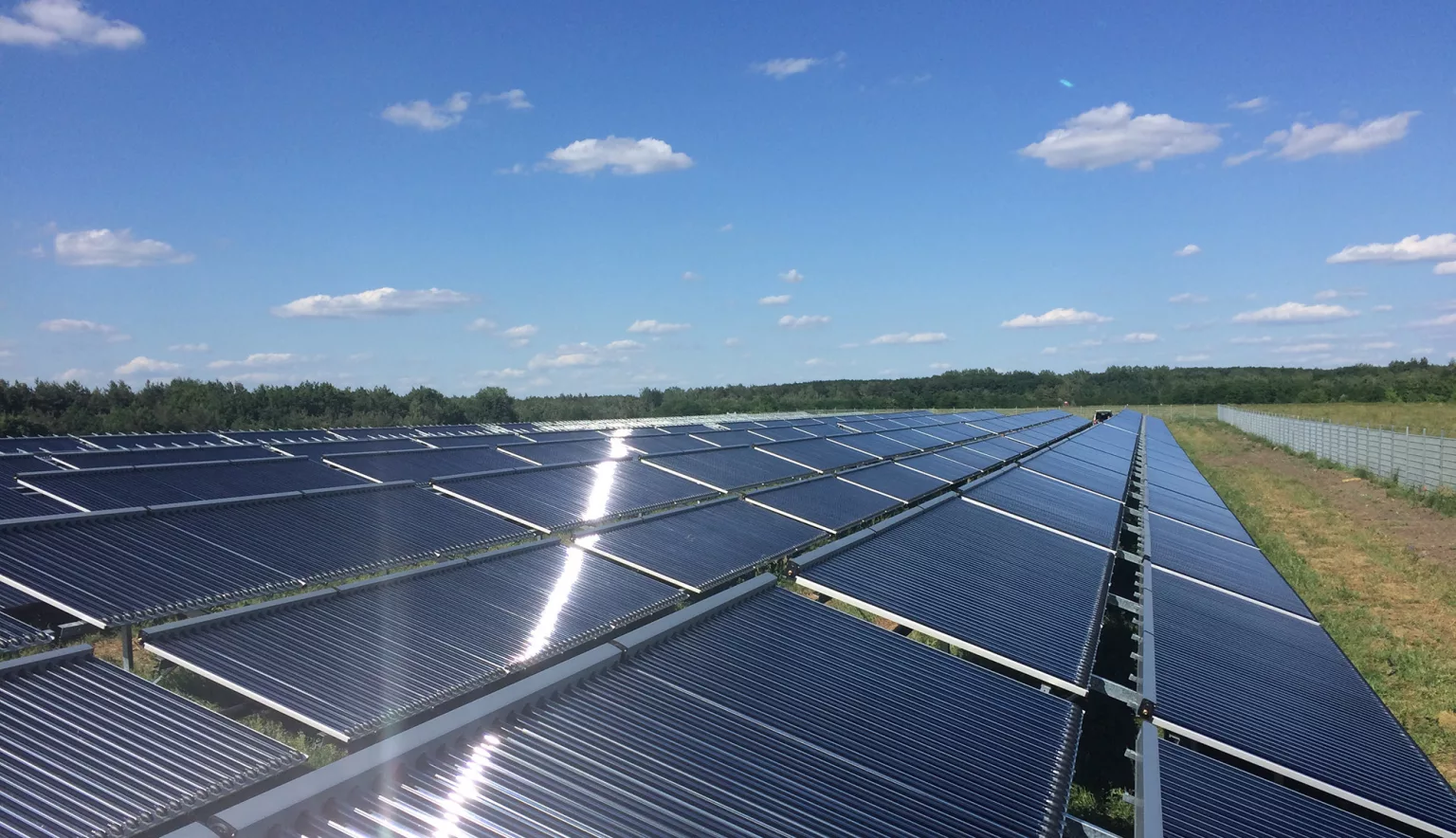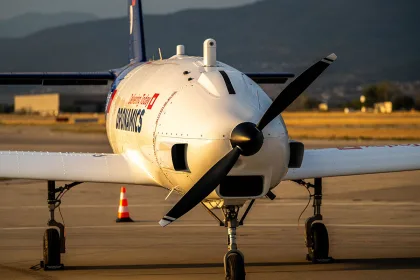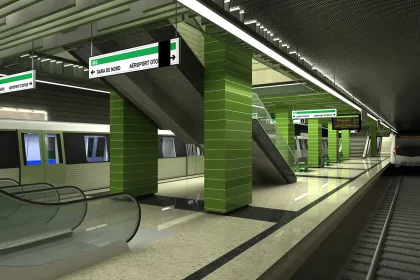Germany is full speed ahead on the European solar-coaster. We speak with the German Solar Association (BSW) to discuss future ambitions.
GERMAN RENEWABLE ENERGY SPOTLIGHT
To date, Germany has installed over 59 gigawatts (GW) of solar photovoltaic (PV) power. At the vanguard of Germany’s transition to renewable energy stands the German Solar Association (BSW), as the collective voice to advance the industry.
As a key market, last year Germany installed approximately 235,000 PV-systems and over 140,000 battery storage systems. Today, the industry is experiencing ever more favourable conditions as the framework for solar shifts due to a change in government. As innovation continues to drive prices down and make solar systems even more competitive, the market continues to grow.
Despite the prevailing shortages in supply facing the industry in the wake of COVID-19, the BSW is confident in pursuing its ambitious goals of installing 200 GW by 2030. Just days before the association co-organises the Berlin Energy Transition Dialogue (www.energydialogue.berlin), we take a deep dive into the industry with Managing Director of International Affairs at the BSW, David Wedepohl.
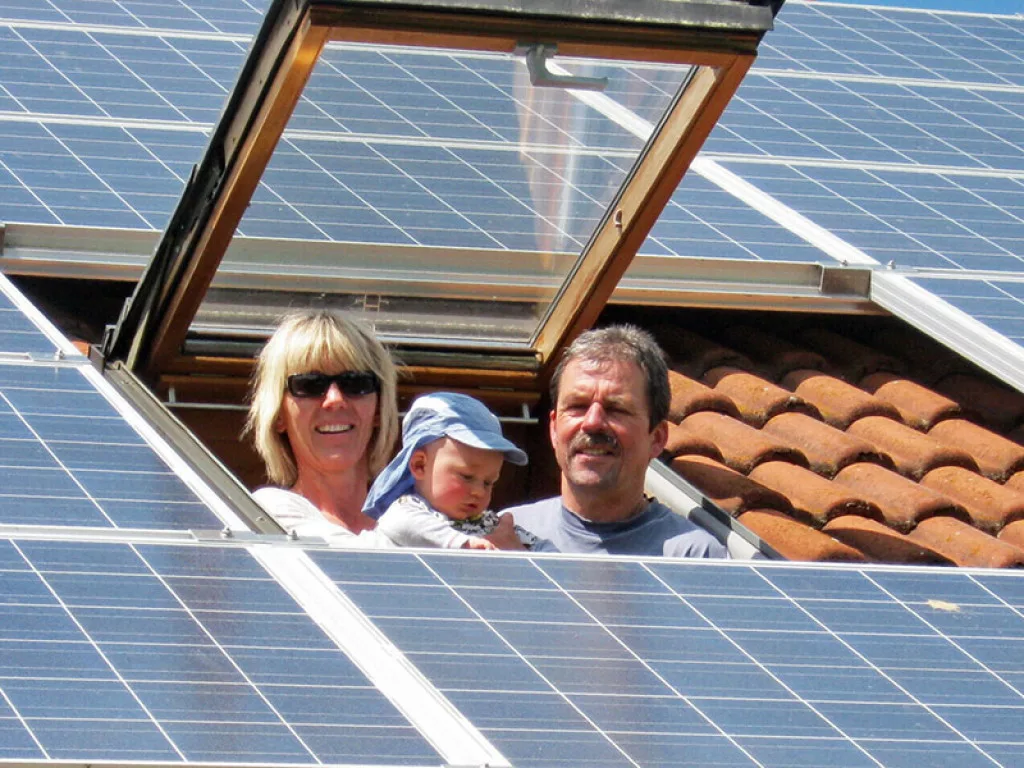
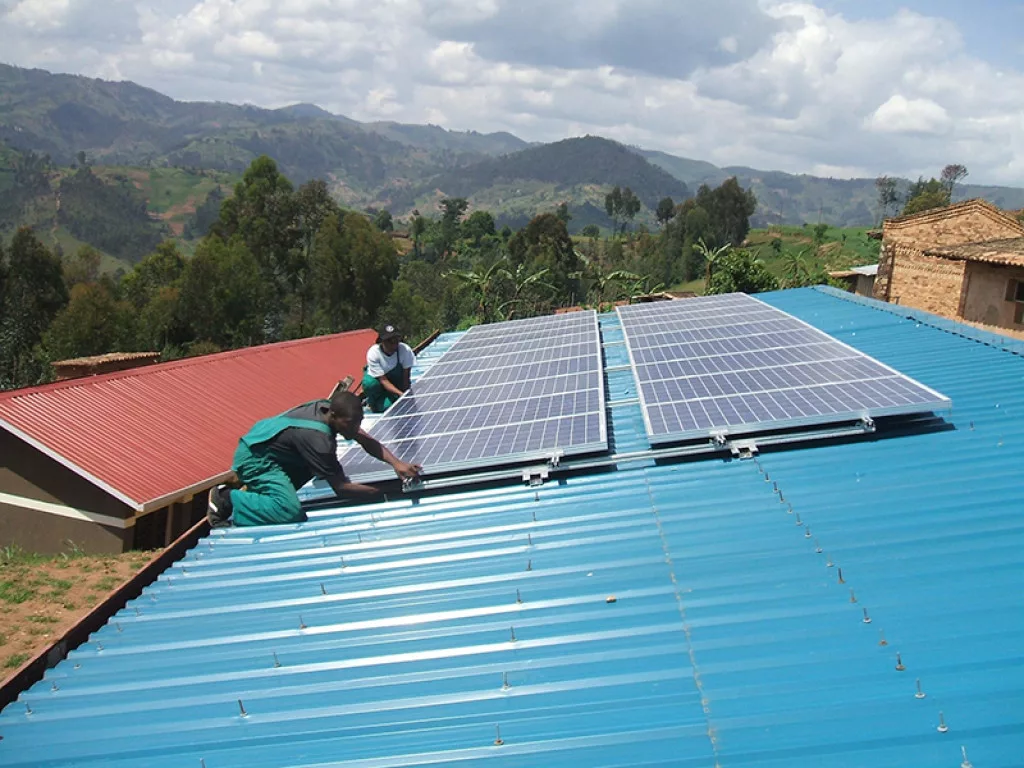
Q&A WITH THE GERMAN SOLAR ASSOCIATION (BSW)
Can you talk us through the origins of BSW; how it came about and its initial vision?
David Wedepohl, Managing Director International Affairs (DW): Our organisation is now 43 years old, which is quite a long time for a solar association. We originated in the times of a divided Germany – when the West of the country was what China is today. Back then, Germany was the workshop of the world. We had mining and other thriving industries that consume a lot of oil and gas with consequences for the environment. The transportation sector in particular was doing extremely well, churning out all these products, but again with consequences for the health of both the population and our environment. We were also an incredibly densely populated country, with terrible air pollution in cities and acid rain that was ruining our forests.
When people began observing this as a consequence of our energy usage, an environmental movement came into being. What set Germany apart was how the environmentalists joined forces with the engineers – those tinkering with new ideas in trying to find an alternative energy source to coal, hydrocarbons and nuclear. Crucially, these were business-minded people trying to find an alternative that was not only viable, but also economic. Both wind and solar became trailblazers for us.
This movement led to the birth of our organisation, as solar enterprises continued to merge until they formed one solar association. This also later resulted in the German Federation for Renewable Energy as an umbrella organisation, since you cannot rely on just one source for energy supply. In Eastern Germany, a separate environmental movement was also founded, which had a strong role in the fall of the Berlin Wall in 1989. Although this came with relatively little economic consequences at the time, it nevertheless shows the overall consensus in the country to protect the environment and bring about an Energiewende.
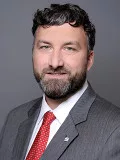
“Our members come first, and without our business-mindedness, they wouldn’t be able to scale or provide the reliable energy that is needed to power this small planet”
David Wedepohl, Managing Director International Affairs, BSW
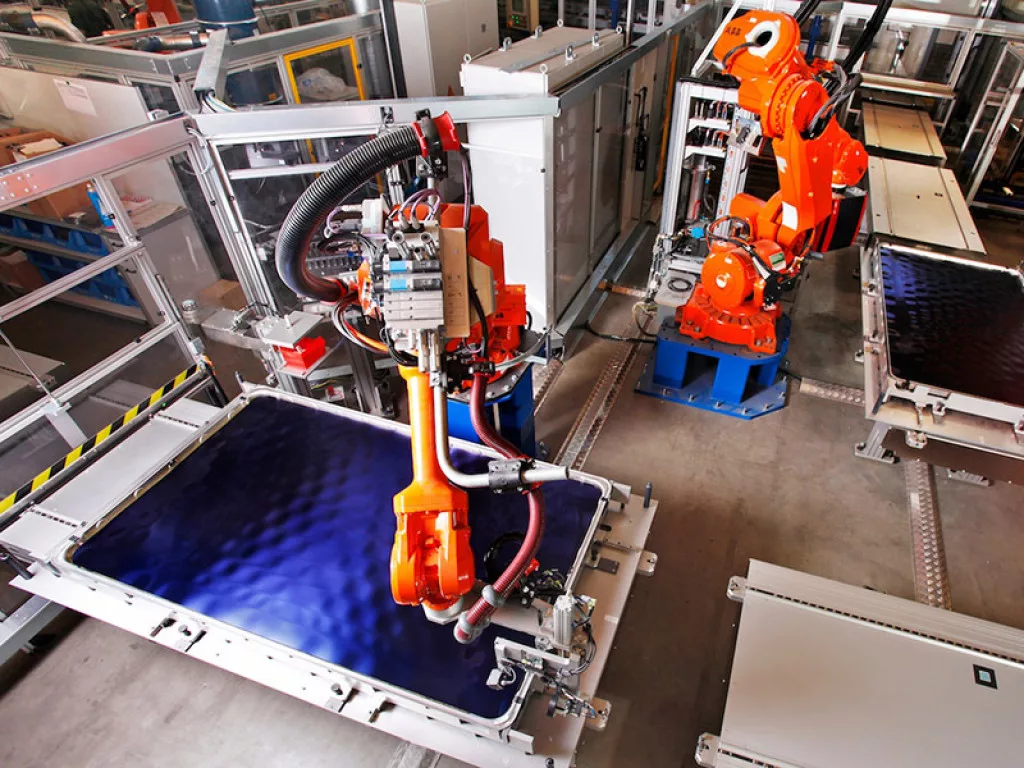
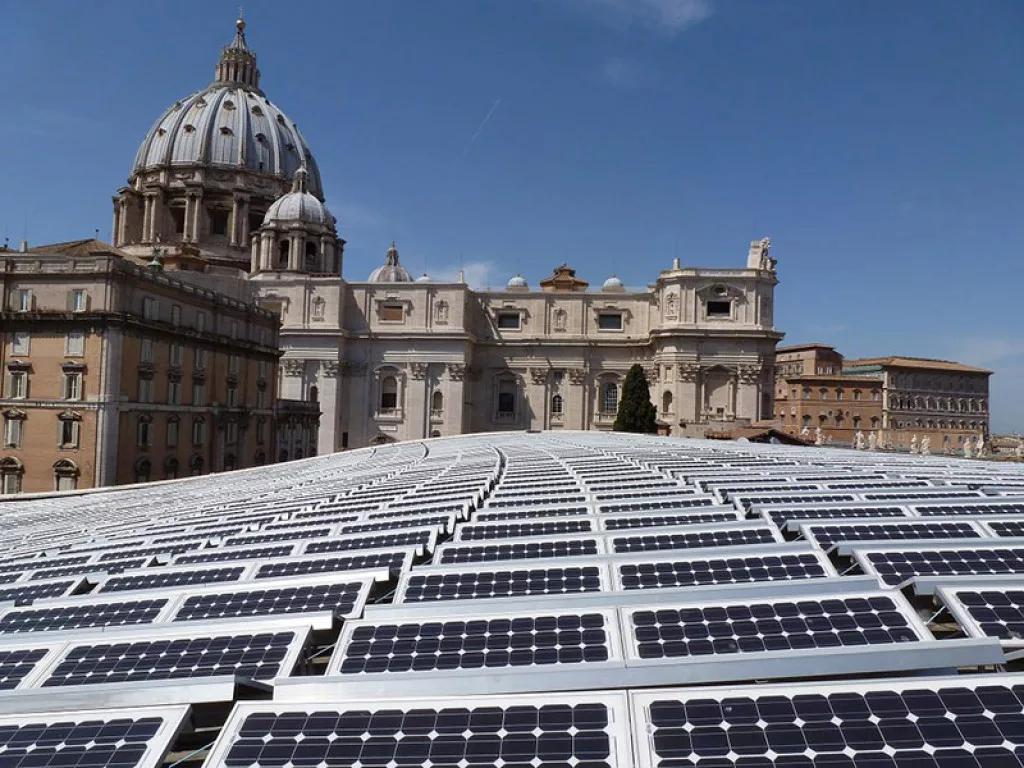
Since inception, how has the BSW developed and progressed in terms of its key objectives and operations?
DW: As a country, we consume a lot of electricity, and we have identified that when we switch to renewables, we might actually be using even more electricity since it is one of the most low-carbon forms of energy to use. Germany has one of the highest rates of reliability on its grid, with an average downtime of 12 minutes depending on the area of the country. This is something that is inherent to the entrepreneurs in our association, in how they identify how people use energy and do not want them to be inconvenienced.
The founding members of our association were also politically minded, since they recognised the need to change the framework conditions that existed at the time. These were mainly geared towards large scale, coal-fired power plants and nuclear power plants.
Then all of a sudden, Germany’s energy landscape started to change, with an increasing number of distributed energy systems thanks to both wind and solar. Of course, at the time, the association had no idea how this was going to turn out, and that shows how our vision has changed.
From a scientific and engineering perspective, we are rethinking what can be done. The first solar energy systems that were produced were so expensive, nobody thought the technology could be scaled to the level that it is today. Solar is now a cheap, viable option, and is often the most cost-effective no matter where you are on the planet. Since we started tracking prices of PV-systems in 2006, we have seen prices drop over 70 percent. In Germany, solar radiation is not as bad as you may think, and people are now even using solar PV in the Arctic circle – although only for half the year! Solar has now become economically viable in places and applications that were unthinkable just five years ago.
Our vision has evolved now in that we are looking to change the entire energy system together with other renewables. We assume responsibility for that system by remaining relevant with the amount of energy that we generate. This is why Germany continues to be such an interesting market, not just because it is viable for solar energy but because we have an extremely high per capita rate of installation, and a lot of solar innovations happen first within our market. For instance, in 2013 there was a scheme by the government to adopt battery storage in solar PV systems, overcoming the problem of partial sunlight. We take responsibility for such systems in fluctuating energy, and for non-fluctuating sources like hydropower and biogas. Now, we are asking systemic questions as Germany begins to phase out coal and other hydrocarbon sources, and of course we have to bear that responsibility.
We have also seen a real change in the political environment now that we have a new government. Previously this has hampered our progress in the market since there was a cap on solar, but this has now been removed and we are able to move forward.
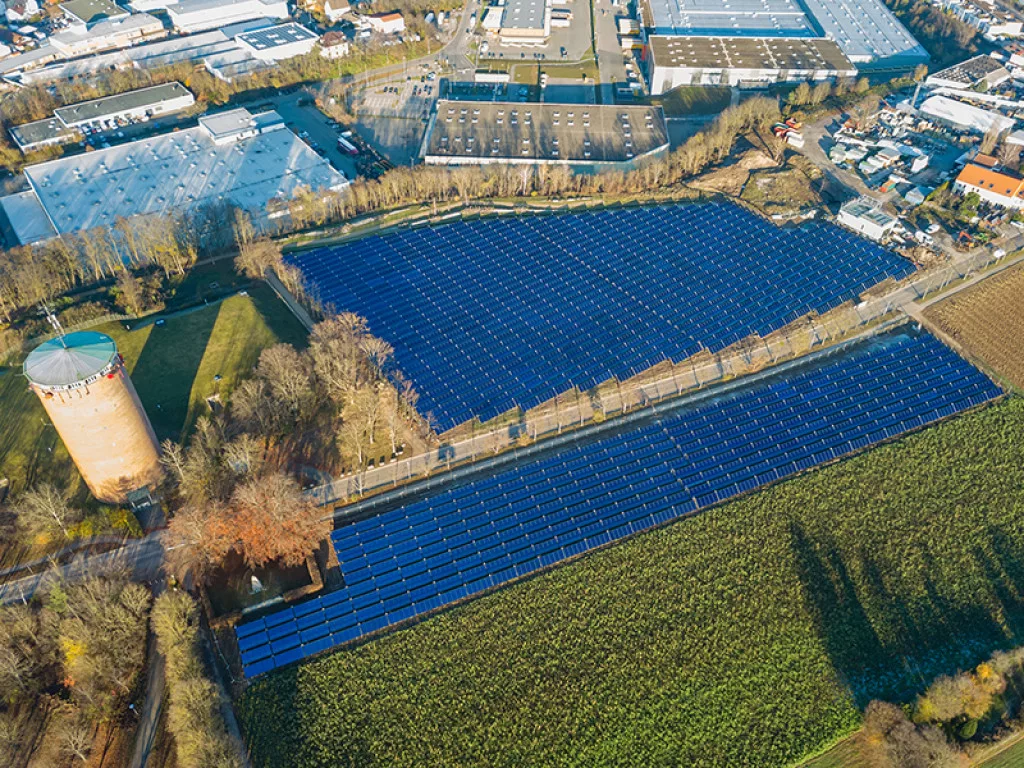
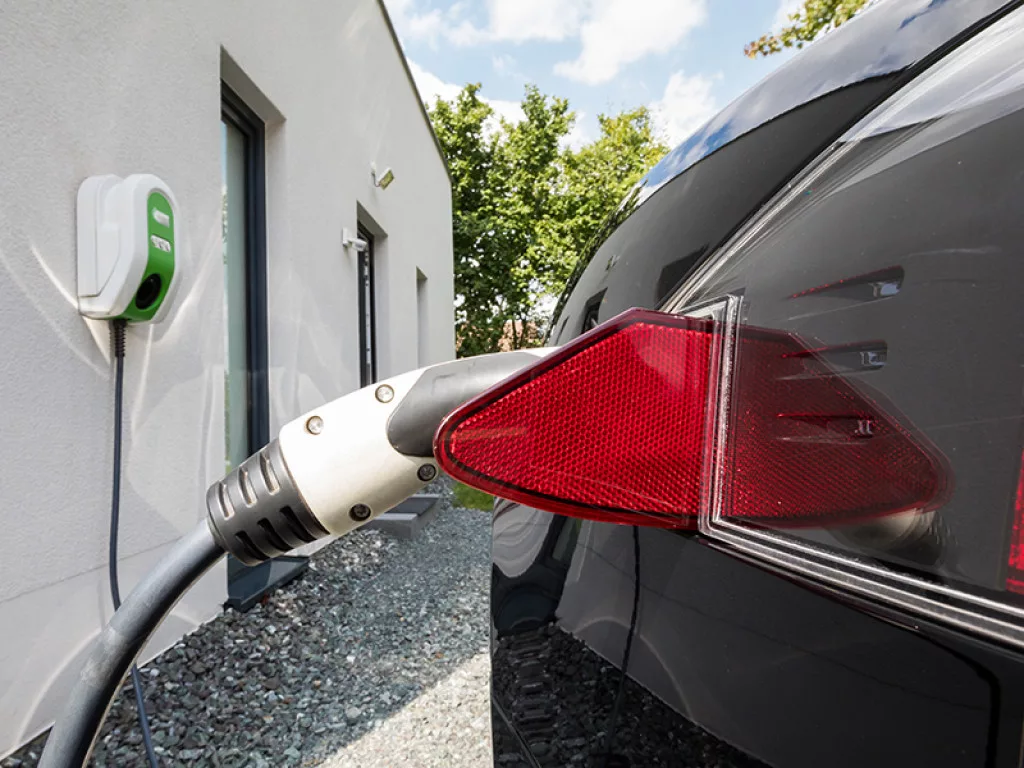
What are some major areas of focus for the BSW today?
DW: Our goals for 2030 are ambitious, particularly if we want to decarbonise an industrial country of this size whilst maintaining a high quality of living. This calls for infrastructural change because if you want to switch to e-mobility, for example, you have to inject more power into the grid wherever the vehicles are. We are now moving in more parts of the energy system as well, rather than just feeding into the grid. These systems are becoming increasingly smart as they are being combined with other parts of the energy system.
We are also looking at things like city quarters where you might have certain residential areas with a shop downstairs, but someone living upstairs. Here, we are now combining the load profiles since many people will be out at work when most of the electricity from solar is generated. But that shop may be open at night and need to use the electricity that has been stored, so we are looking at the whole picture by combining these things in an intelligent manner.
We are also considering such matters from both a technology and a regulatory perspective, and this is being seen worldwide.
An international example is water treatment and desalination. When Germans think of energy, they think of heat, but in many other countries, they might think of cooling. This is another significant part of what companies are doing, particularly in areas of the world where there is no energy generation without desalination such as Asia and sub-Saharan Africa, where many power plants are also used to desalinate water. Solar is now also moving into this, thanks to the pricing as the cheapest alternative.
If we listen to our partners and see how they use energy, we always learn something new with every market that we enter. We and our members keep that open-mindedness in order to change the world of energy. This means constantly adapting as an organisation, and for companies and their business models. Energy is always political, and that is why we remain a political organisation. Now, we are a respected partner of the government, and that certainly was not the case 40 years ago when solar energy sounded literally like something from science fiction. Now it’s not some dream world, but rather a billion Euro business worldwide. Yes, we are an industry association, but we always have the interests of our members in mind. Our members come first, and without our business-mindedness, they would not be able to scale or provide the reliable energy that is needed to power this small planet.
What are the biggest challenges currently facing both BSW and its members?
DW: In the short term, the biggest challenges are supply shortages and constraints in shipping. So many companies worldwide are missing essential components and chips, but we are seeing this being overcome as more people move into these markets and connect with new suppliers.
The other big challenge is that we want to be one of the main forms of generating energy, and with that comes responsibility for the system in having the lights on 24/7. This has not been done on this scale before, or the scale that we intend to do it. To have about half of this electricity, we need to move into other sectors such as mobility, buildings, heating and cooling, and industrial processing. For the German market, one of our strongest sources is commercial on-roof, enabling factories or offices to generate electricity right where it is needed. This is a huge challenge to take over that responsibility and engineer technical solutions in coordination with other technologies. From an engineering perspective, this is achievable, but it also poses questions of cost and finding that “butter zone” where the most economical and ecological solution overlaps.
In the long run, the other major challenge is skilled labour – this is true for the entire European Union as well as the UK and I would say almost in any market. One of the reasons we were able to scale in Germany is because we have a skilled labour force and an education system that is geared both towards engineers, electricians and solar installers. But we do not have enough of them yet, particularly if we are scaling. We used to have a political cap on the market here in Germany, which has changed. But skilled people are not going to fall from trees – we need to train and look to roofers and other related fields to build the considerable workforce that we need for the Energiewende.
In Germany, we currently have a market of about five to six GW in new installations. If we want to reach the 200 GW mark by 2030, we need to install on average over 15 GW a year, effectively tripling what we are doing. In the years 2010 to 2012, we achieved around 7.5 GW annually, so we already know that we can achieve a higher level of installation.
We are working extremely diligently, and we need time to be able to absorb and train new people reliably. I do not see this as a challenge that will make it impossible to reach our goal, but if we do not keep our eyes on the prize and do not work on this collectively to make sure the skilled labour availability is there, this could spell trouble down the line.
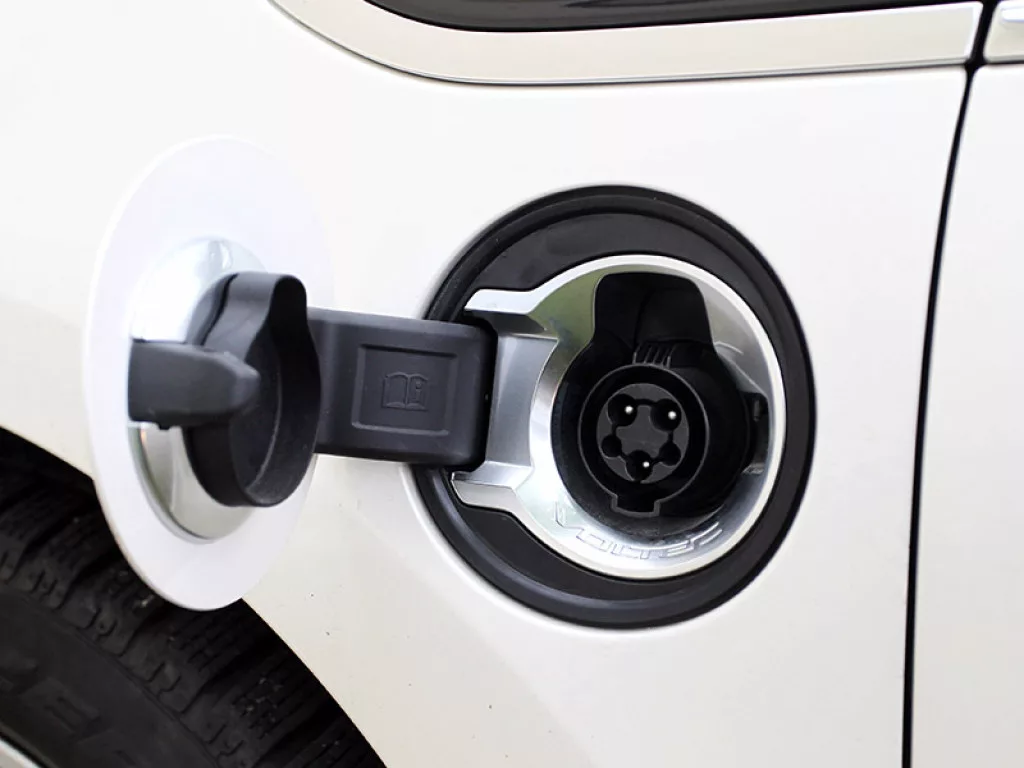
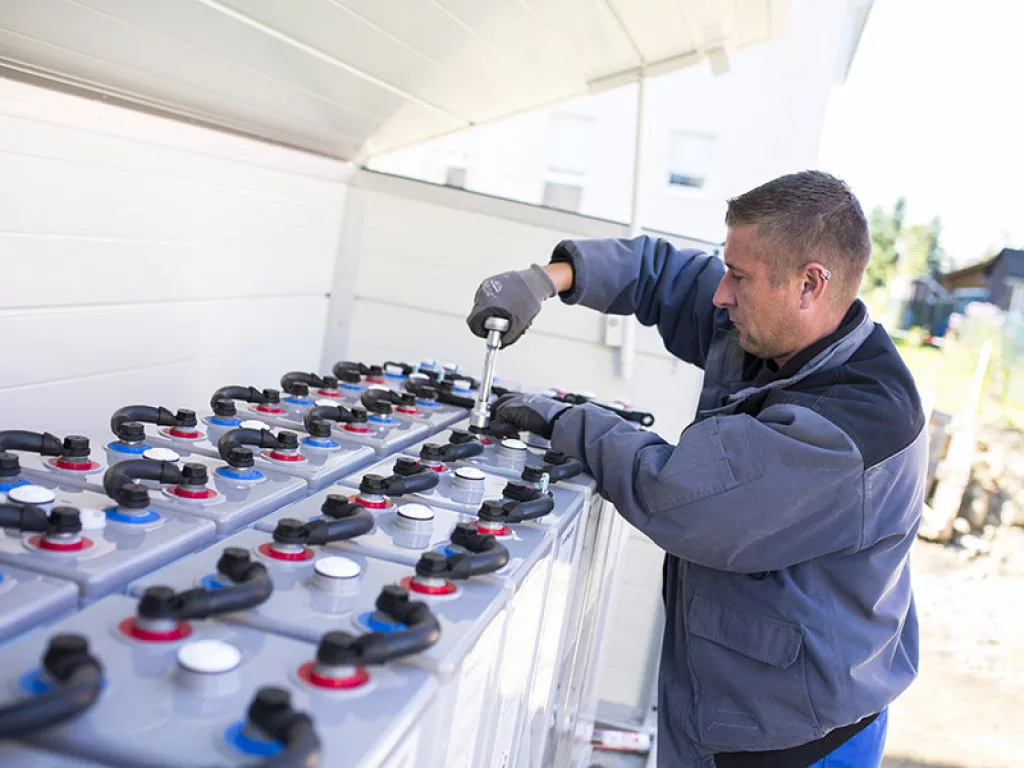
How do you see the BSW developing over the next five years?
DW: We are very fortunate in that we are growing. To have a viable solar market there are three major factors, the first of which is the framework conditions – for instance the question of who is allowed to sell energy, or how it is traded and valued, which is always political. Much of this has been overcome in Germany so the framework conditions are now favourable.
The second factor is financing. We have found that the levelised cost of electricity is as low in Germany as it is in some countries on the equator when it comes to solar. This may seem strange but it is because the financing is so cheap in Germany. While the yield is lower, the interest that has to be paid by the investor is also low so in the end, the cost is about the same.
Thirdly, is the skilled labour and its availability. We need the people who can operate these increasingly complex energy systems. We will continue to work on these three pillars of the market and grow sustainably together with our members. We are very close to the market because of our board and membership structure which is geared towards new business. If you ask the German population, 92 percent are willing to spend public money to invest in new solar and on-roof solar infrastructure. The acceptance of the technology is extremely broad and crosses all political sectors. In the 2020s alone, we expect to create around 60,000 full time equivalent jobs, which translates to €15 billion of revenue growth for our members if we reach these goals.
We are always pushing for a bigger market, availability of land and roof space, simple regulation, access to finance and access to skilled labour. I think we are going to grow our services with members who participate in the market – that is what makes a successful organisation. We are very member focused, and our members are not shy of telling us what they need from us or what we need to do – we continue to listen to them.
We just moved into the “house of renewable energy” where we are now intertwined with all of the other technologies with all of the major associations including wind, biogas and hydropower. We will continue to work closely with them to change the energy system fundamentally and we share that responsibility. If we do not coordinate our efforts then we are all bound to fail.



